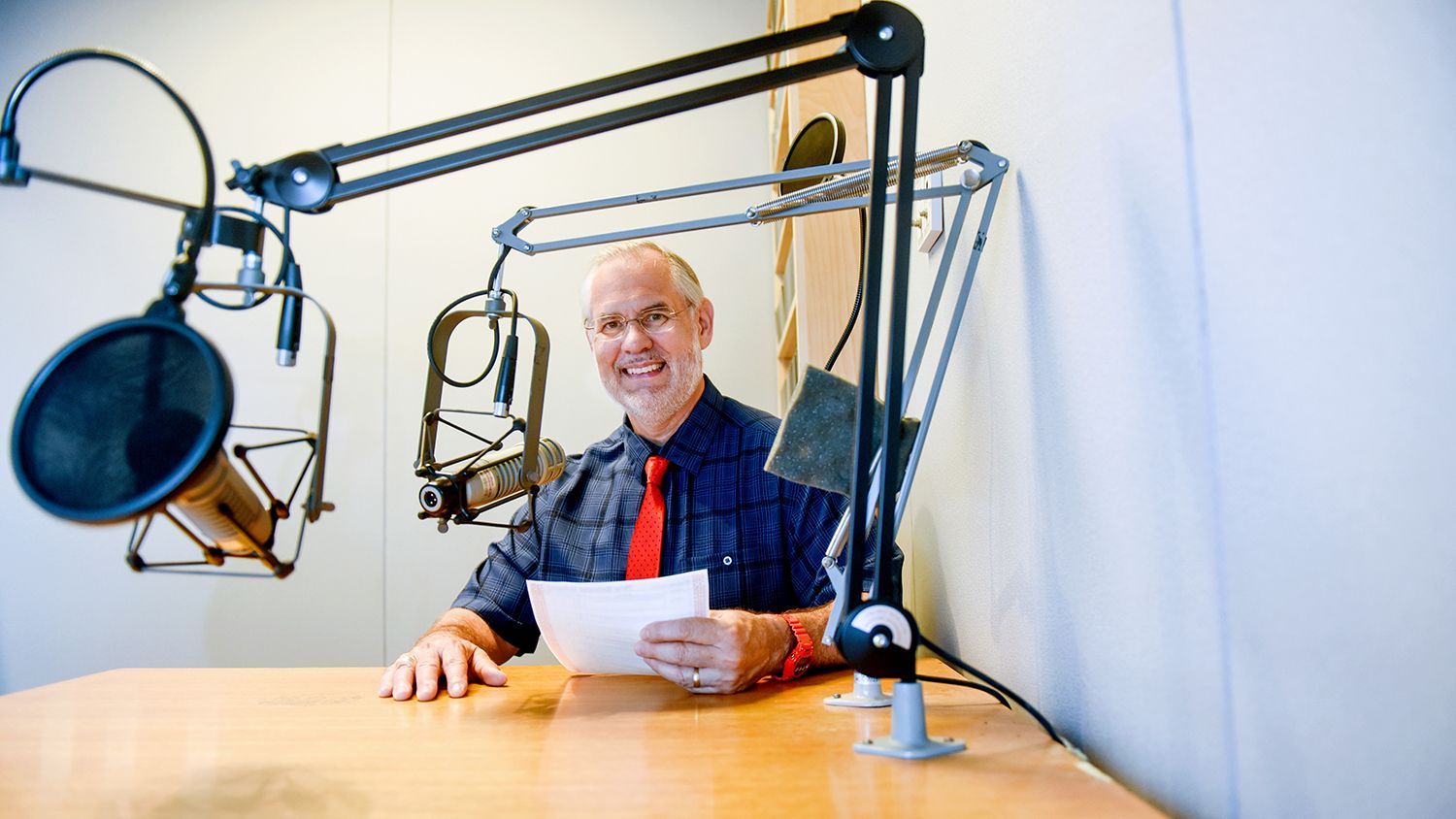The Fed’s targets
The Federal Reserve made history recently: For the first time, it linked its monetary policy to specific economic goals for the country. N.C. State University economist Mike Walden explains what they did and why it’s important.
“Well you’re right …, Chairman Bernanke a couple of weeks ago came out and made a very dramatic statement. He said that the Federal Reserve is going to keep interest rates that they control very, very low, as well as keep the credit supply flowing as long as the unemployment rate in the nation stays above 6.5 percent and as long as inflation is no more than 2.5 percent annually.
“Now right now, both of those goals, both of those are not limiting – that is, obviously the unemployment rate’s way above 6.5. Inflation is running somewhere between 2 and 2.5 percent.
“This was just ground-breaking. I don’t know how else to say (it). I mean, I’ve been watching the Fed for 40 years. No Federal Reserve chairman has come out and said, ‘Here, here are our goals. We’re going to do this until those goals are met.’
“So, essentially what it means is that the policies the Federal Reserve has been following in the past –
which is, again, keep short-term interest rates very low as well as to pump money and credit into the economic system – those are going to continue.
“Now there are critics of this. And they are the same critics who have been around a while. Many say that the low-interest rates are simply creating bubbles. Some were investment bubbles; some were in the economy, like the housing bubble. They also worry about all this money and credit flowing through the economy eventually – eventually – pushing up inflation, and I think that’s why Bernanke does have an inflation limit there.
“But this was groundbreaking, and it does … give us some certainty, however, of what the Federal Reserve is going to do probably over the next two to two and a half years.”
- Categories:

